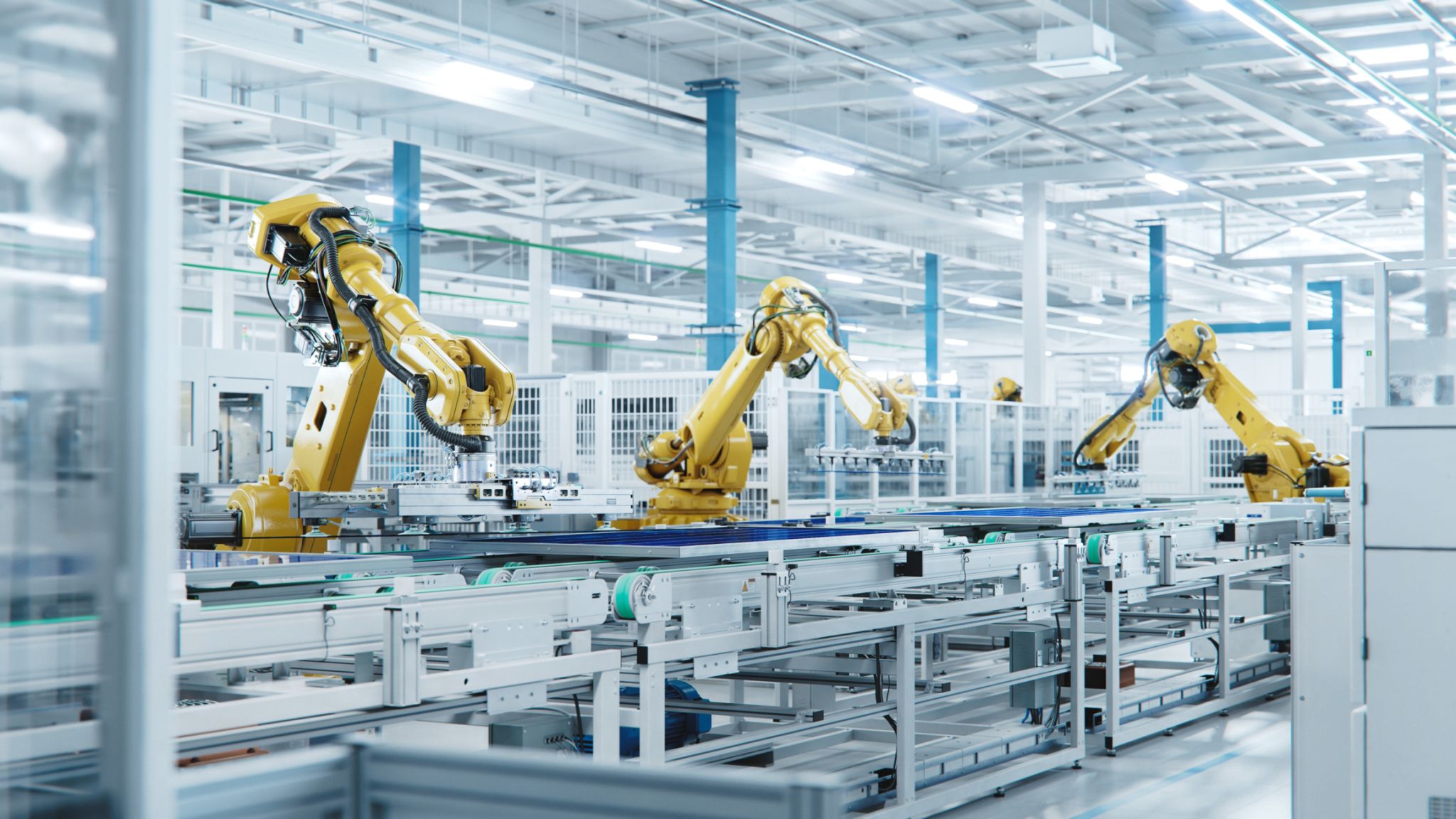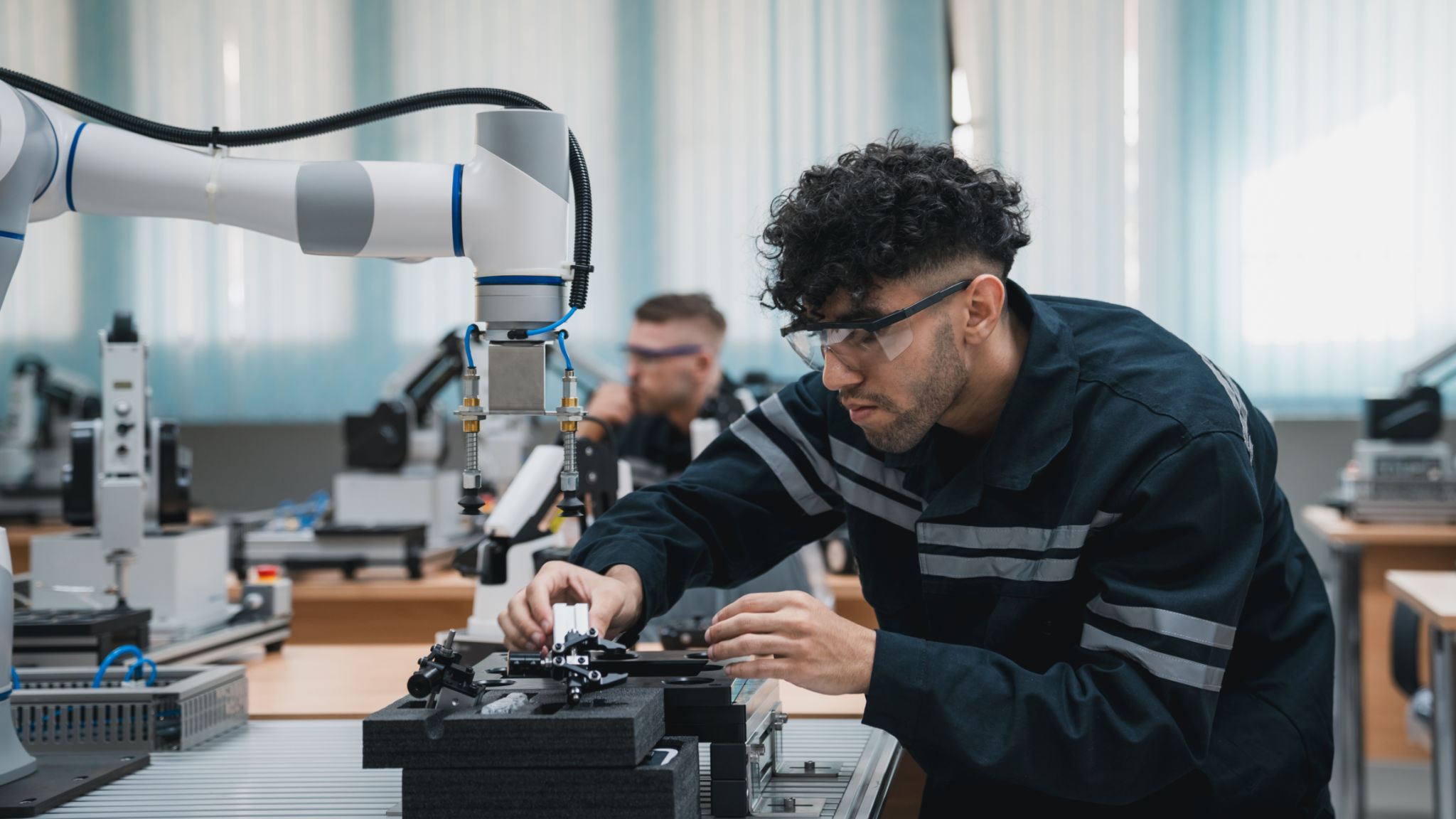5 Common Misconceptions About Robotics in Renewable Energy
Introduction
Robotics has been making waves in various industries, and renewable energy is no exception. However, there are several misconceptions surrounding the role of robotics in this field. In this blog post, we'll explore five common myths and provide clarity on how robotics is truly influencing renewable energy.

Misconception 1: Robotics Replaces Human Jobs
A prevailing belief is that robotics in renewable energy will lead to significant job losses. While it's true that automation can perform tasks traditionally done by humans, the reality is more nuanced. Robotics often takes on dangerous or repetitive tasks, allowing human workers to focus on more complex and strategic roles.
In fact, the integration of robotics can create new job opportunities. As the demand for technicians and engineers skilled in robotics technology grows, new career paths emerge, fostering economic growth and innovation.
Misconception 2: Robotics Is Too Expensive
Another common misconception is that deploying robotics in renewable energy systems is prohibitively expensive. While initial investments can be high, the long-term benefits often outweigh the costs. Robotics can increase efficiency, reduce operational downtime, and lead to significant cost savings over time.
Moreover, as technology advances, the cost of robotics is gradually decreasing. More affordable and accessible solutions are becoming available, making it feasible for a wider range of companies to integrate robotics into their operations.

Misconception 3: Robotics Is Only Useful for Large-Scale Projects
Some believe that only large-scale renewable energy projects can benefit from robotics. This is far from the truth. Robotics offers advantages for projects of all sizes. For small and medium-sized enterprises, robotics can provide precision and efficiency that were previously unattainable.
From solar panel installation to wind turbine maintenance, robotics enhances operations across the board. This versatility allows even smaller projects to optimize their processes and improve energy output.
Misconception 4: Robotics Technology Is Not Reliable
There is a perception that robotics technology is unreliable and prone to failure. However, as technology advances, robotic systems have become more robust and dependable. Modern robotics are designed with advanced sensors and AI capabilities that allow them to adapt to various conditions and operate with precision.

Continuous improvements in robotics also mean that they are becoming more resilient to environmental challenges, which is crucial for renewable energy applications that often deal with harsh outdoor conditions.
Misconception 5: Robotics Limits Human Creativity
Finally, some argue that the use of robotics stifles human creativity. In reality, automating routine tasks frees up human resources to focus on innovation and creative problem-solving. By handling mundane tasks, robotics allows human workers to dedicate their time to developing new ideas and strategies for advancing renewable energy solutions.
The collaboration between humans and robots can lead to breakthroughs in efficiency, sustainability, and technological advancement, propelling the renewable energy sector forward.
Conclusion
Understanding the role of robotics in renewable energy requires dispelling these common misconceptions. Rather than replacing human jobs or being too costly, robotics offers a myriad of benefits that enhance efficiency and open up new opportunities for growth and innovation. As technology continues to evolve, the synergy between robotics and renewable energy will undoubtedly contribute to a more sustainable future.
